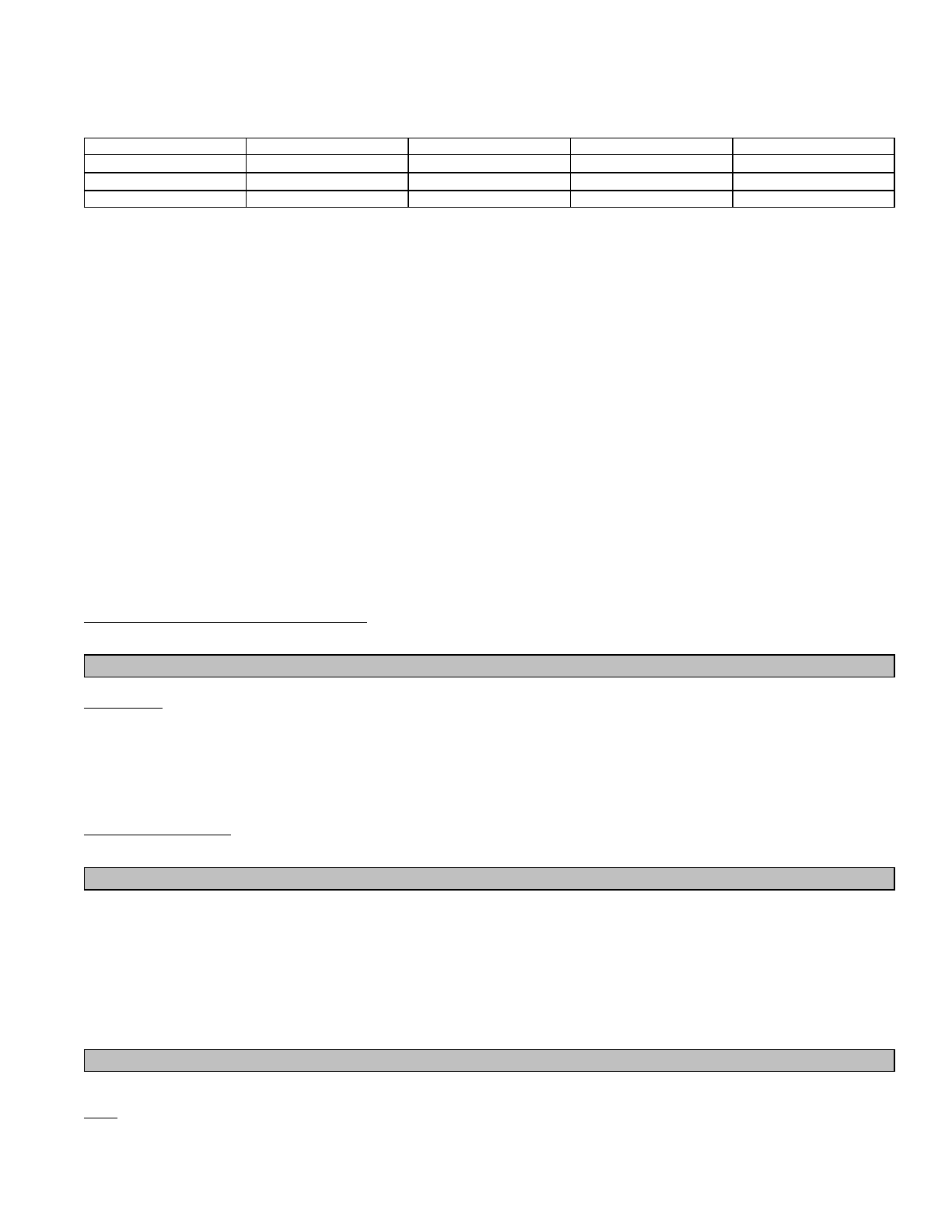SDS

_____________________________________________________________________________________________
WPS-DPI-002US - Smooth Panel Board
Revision Date 25-May-2016
Mutagenic Effects
No information available.
Carcinogenicity
The table below indicates whether each agency has listed any ingredient as a carcinogen.
Chemical Name ACGIH IARC NTP OSHA
Wood dust Group 1 Known X
Titanium dioxide Group 2B X
Quartz A2 Group 1 Known X
ACGIH: (American Conference of Governmental Industrial Hygienists)
A2 - Suspected Human Carcinogen
IARC: (International Agency for Research on Cancer)
Group 1 - Carcinogenic to Humans
Group 2B - Possibly Carcinogenic to Humans
NTP: (National Toxicity Program)
Known - Known Carcinogen
OSHA: (Occupational Safety & Health Administration)
X - Present
Reproductive Toxicity
No information available.
STOT - single exposure
No information available.
STOT - repeated exposure
No information available.
Chronic Toxicity
Wood dust has been classified by the International Agency for Research on Cancer (IARC)
as a known human carcinogen (Group 1) Titanium dioxide has been classified by the
International Agency for Research on Cancer (IARC) as possibly carcinogenic to humans
(Group 2B) by inhalation. Crystalline silica (quartz) has been classified by the International
Agency for Research on Cancer (IARC) as a known human carcinogen (Group 1).
Aspiration Hazard
No information available.
Numerical measures of toxicity - Product
Acute Toxicity
100% of the mixture consists of ingredient(s) of unknown toxicity.
12. ECOLOGICAL INFORMATION
Ecotoxicity
Contains no substances known to be hazardous to the environment or not degradable in waste water treatment plants
Persistence and Degradability
No information available.
Bioaccumulation
No information available.
Other Adverse Effects
No information available.
13. DISPOSAL CONSIDERATIONS
Waste Disposal Methods
This material, as supplied, is not a hazardous waste according to Federal regulations (40
CFR 261). This material could become a hazardous waste if it is mixed with or otherwise
comes in contact with a hazardous waste, if chemical additions are made to this material, or
if the material is processed or otherwise altered. Consult 40 CFR 261 to determine whether
the altered material is a hazardous waste. Consult the appropriate state, regional, or local
regulations for additional requirements.
Contaminated Packaging
Do not re-use empty containers.
14. TRANSPORT INFORMATION
_____________________________________________________________________________________________
DOT
Not regulated
Page 6 / 8








